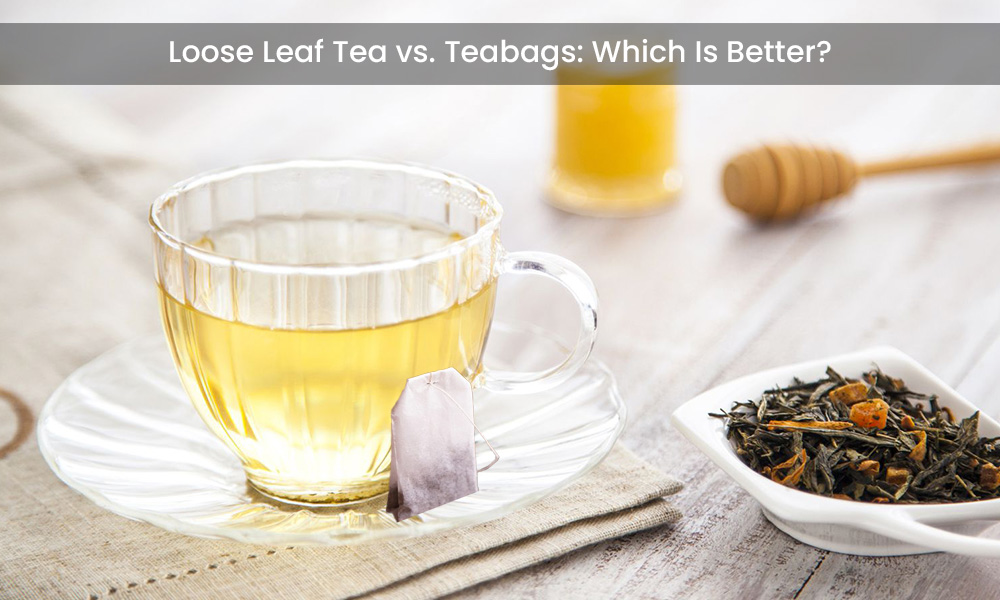Introduction
Tea has been consumed by people for thousands of years around the world, and that too for good reasons. According to several studies, tea can strengthen your immune system, reduce inflammation, and possibly stave off cancer and heart disease. Camellia sinensis, the tea plant is native to India and grew here for a very long time before its actual value was appreciated. It is said that tea was carried from India by the silk caravans that journeyed to China for Europe, centuries ago. Currently, India is the second-largest producer of tea after China, and it produces some of the most well-known teas in the world, including Assam and Darjeeling. However, India has recently seen a development in the tea sector.Table Of Content
Health Benefits Of Tea
1. Protects Heart Health
Tea has anti-inflammatory qualities that aid to calm artery tissue. Consuming tea can also help reduce cholesterol and high blood pressure. One study found that people who drank four cups or more of green tea each day had a 32 per cent decreased risk of a heart attack.
2. Boosts Energy
A modest quantity of caffeine included in tea can induce energy. Compared to coffee, green tea provides a more consistent and long-lasting energy boost. L-theanine also makes the brain’s alpha waves more active, which helps to improve attention while also having calming and relaxing effects on the body.
3. Weight Loss
Amino acids included in green tea tell the body to start burning fat that has been accumulated. Green tea contains caffeine, which also helps you have more energy so you can push through your workouts. Since it has no calories, you can drink more than one cup without.
Tea may have other health advantages beyond merely boosting immunity. Drinking tea regularly can help to safeguard your heart health and delay the start of neurological degeneration.
You’re guaranteed to discover a tea taste you like whether you enjoy drinking green tea or herbal tea bags. Examine the many different vegetals and earthy flavours of genuine teas or experiment with herbal teas’ floral, citrus, spicy, and fruity flavours. Whenever you’re sipping tea. This wonderful elixir will undoubtedly enhance your health.
Around the world, there are several variations in tea culture, including variations in how it is made and what is put in it. For instance, milk and sugar are common in many regions while many consume tea only with sugar. Apart from that, the main distinction between teas is whether they are loose leaves or come in a small pouch that gives them the appearance of a bag.
How Do Loose-Leaf And Tea Bags Differ From One Another?
Let’s discuss the distinctions and some advantages and disadvantages of either side of this age-old argument.
1. Quality
While both loose-leaf and tea bags can be of good or low quality, loose-leaf tea is often of a higher quality than tea from tea bags. This is so because the majority of tea bags include tea-related waste products including fanning and tea dust.
Plastic may also be used to create other premium tea varieties, including silken pyramid-shaped tea bags. The quality of loose-leaf tea is influenced by several elements, including the growing environment, tea plant, harvesting method, processing, storage method, and more. Unbroken loose-leaf tea is always of higher quality than broken tea dust from tea bags, as a general rule. Furthermore, steeping loose-leaf tea allows you to determine the quality by its size, shape, and colour, which is not available when using tea bags. You can precisely control what you are drinking thanks to this.
2. Taste
Not all tea can be packaged in teabags. For instance, teas like folded oolongs, blooming teas, and silver needle buds shouldn’t be put in tea bags since they require space to grow before they can impart flavour to the beverage.
Additionally, since teabags only hold a limited quantity of tea, the only way to increase the strength of your tea is to use another teabag. In contrast, you may adjust the strength and flavour of your tea by lowering or increasing the number of leaves when using loose leaves.
Additionally, due to the lower particle size of tea dust compared to loose leaves, it loses freshness more quickly. Last but not least, stronger teas like black or oolong tend to taste like paper.
3. Costs
Although it may seem like tea bags are less expensive, this is not the truth. While a box of 20 teabags appears to be less expensive than 20–30 grams of loose leaf, a tea bag can only be used once before its flavour and quality entirely degrade. For a variety of taste profiles, loose-leaf tea can be steeped many times and even made using different techniques.
4. Environmental Effects
Loose-leaf tea is by definition a low-waste way to consume tea because it doesn’t require any additional materials, such as tea bags, threads, glue, or metal staples. Tea leaves may be composted as well.

